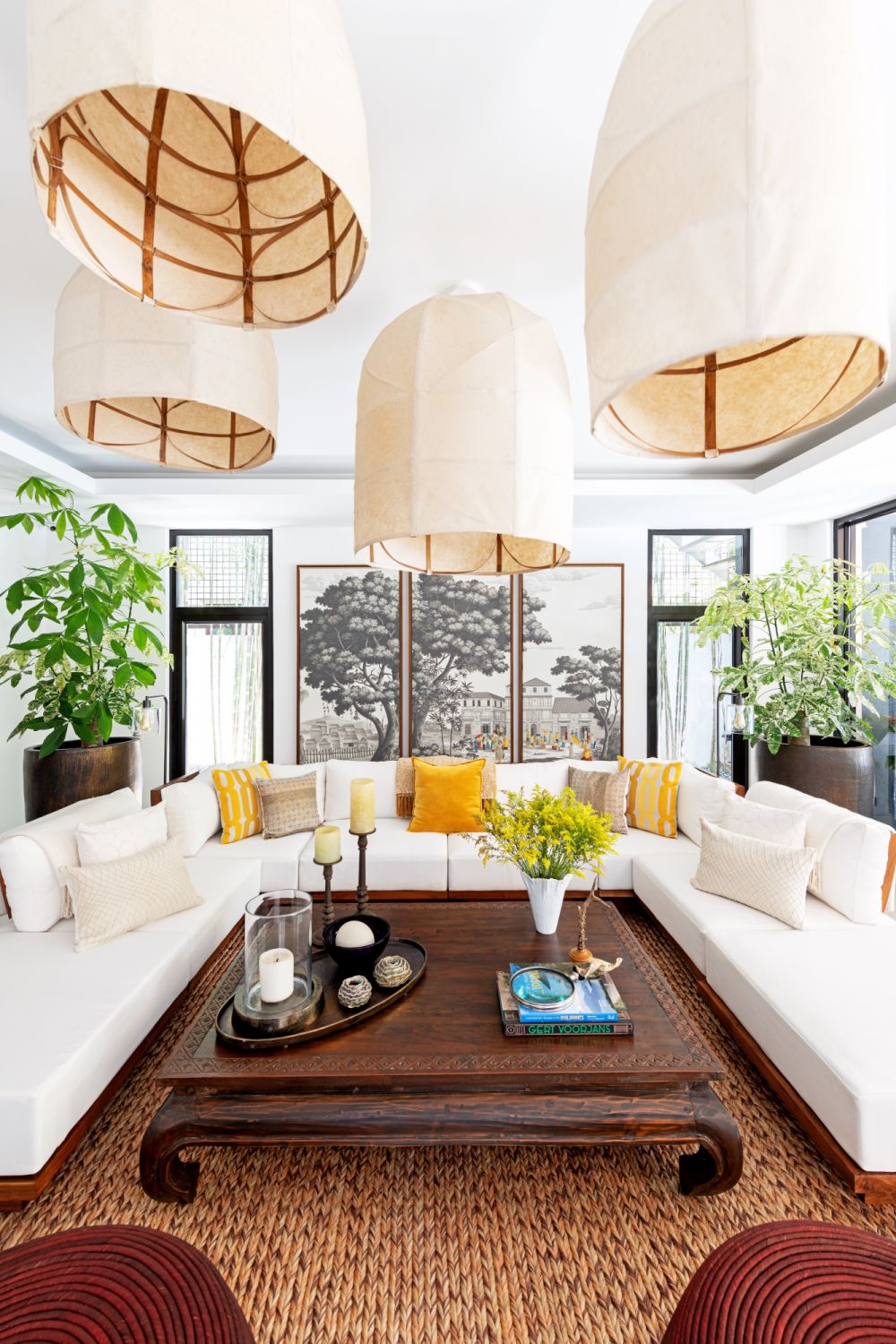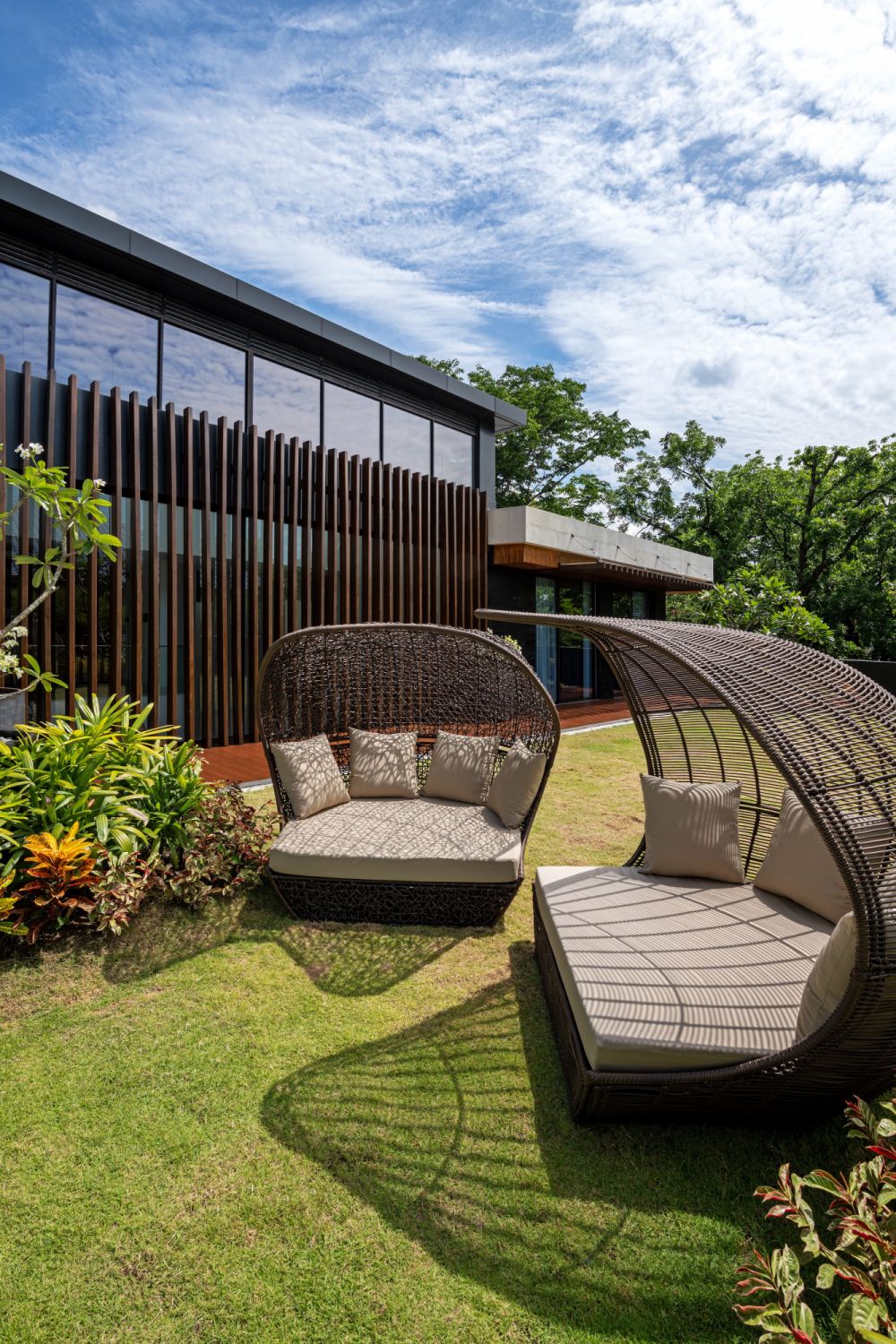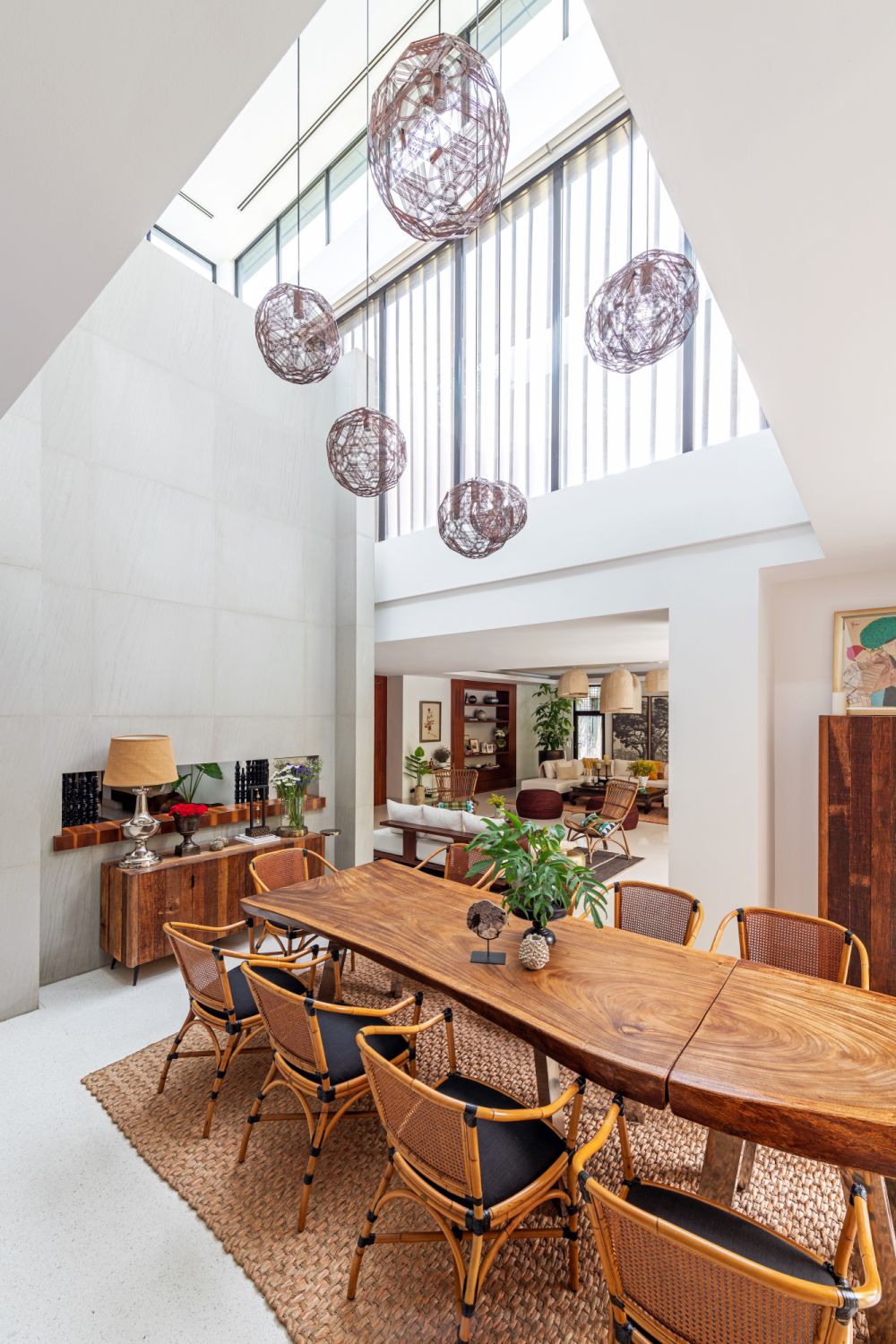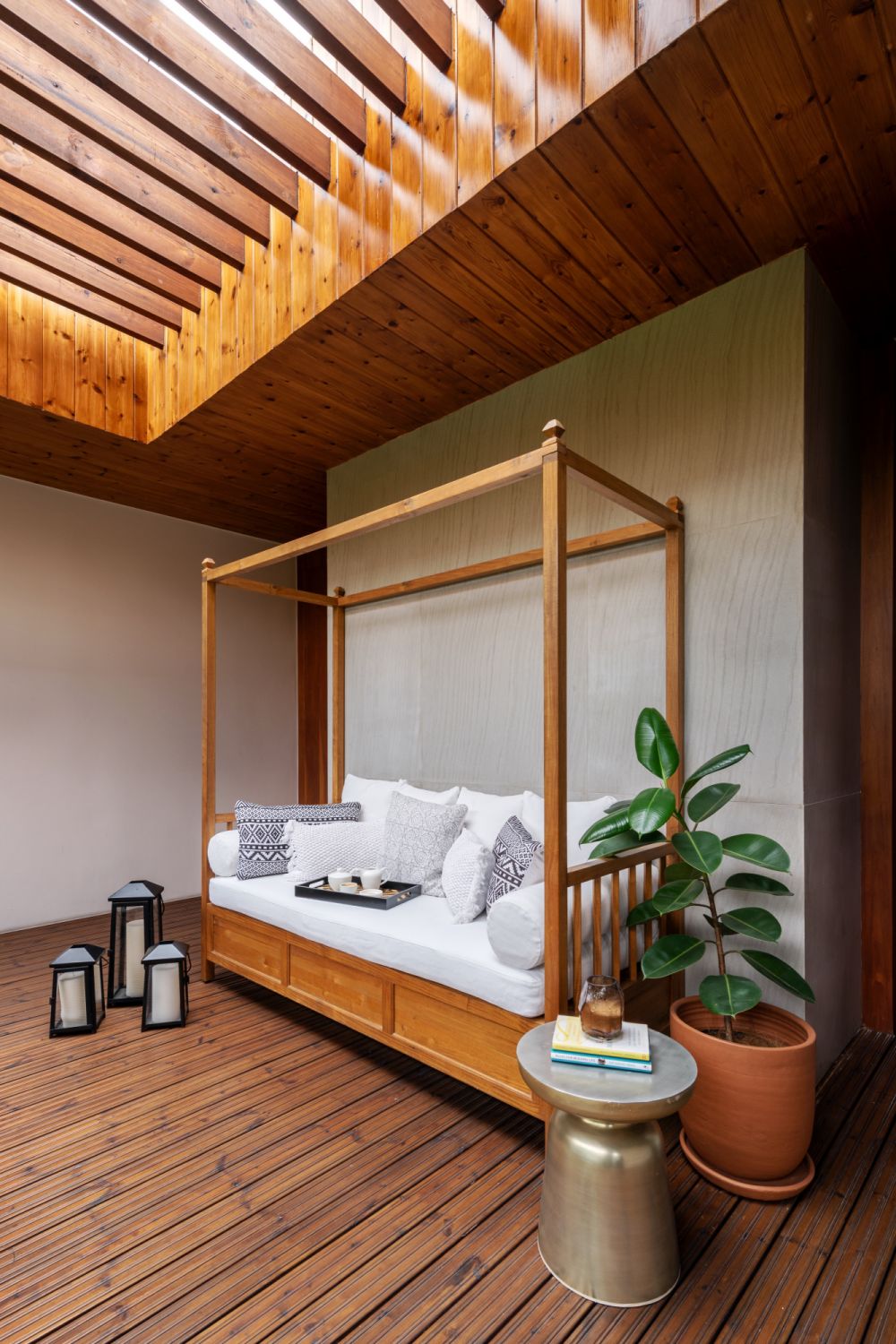The interior designer and creative director and his sister Geraldine Acuña-Sunshine are using their newly built family home in the Philippine capital to honour their roots, and as a force for good. Additional reporting by Stephanie Zubiri
“This house is about honouring where we come from, honouring Filipino culture, and honouring our natural surroundings,” says Geraldine Acuña-Sunshine.
The Boston-based lawyer and Harvard University Governing Board overseer worked closely with her brother, the Hong Kong-based interior designer and creative director James “JJ” Acuña, who is founder of JJ Acuña Bespoke Studio, on designing their newly completed family home in Manila. The house is also the headquarters for Sunshine Care Foundation, a non-profit organisation established by Acuña-Sunshine in 2015 working to support those with X-linked dystonia parkinsonism (XDP), a rare genetic movement disorder. Every known sufferer is of Filipino descent, and the Acuñas have a brother who is diagnosed with it. The home is a gathering place for the family, whose members are based around the world.
In case you missed it: Home Tour: How Mei Mei Song Made Her New Hong Kong Home a Sanctuary


The old family home had been partially burnt down due to an electrical fault, and the Acuñas took this as an opportunity to take it down and build a new home from scratch—a process that was ten years in the making. Measuring over 9,000 sq ft, the two-storey, six-bedroom, nine-bathroom house is a modern take on a bahay na bato, or “stone house” in Tagalog. Emerging in the Philippines during its colonisation by the Spanish between the 16th and 19th centuries, a bahay na bato has influences from the Italian architectural concept of piano nobile, or “noble floor”, which refers to the grand upper level of a home above the hustle and bustle of what takes place on street level. It is akin to how traditional Cantonese shophouses functioned, adds Acuña.
Read now: Home Tour: Inside the Eclectic Home of a Hong Kong Jewellery Designer and Art Veteran








